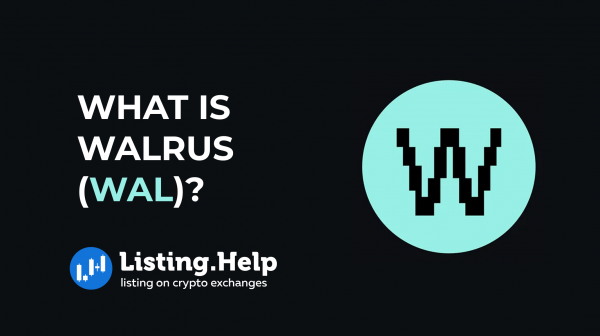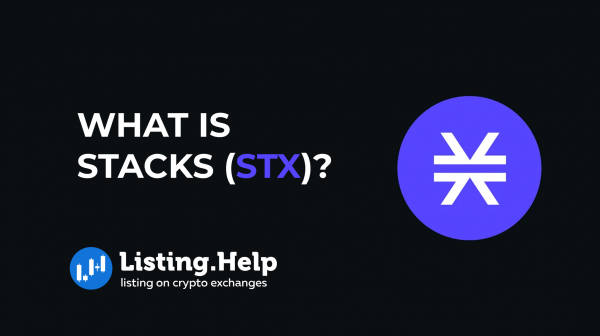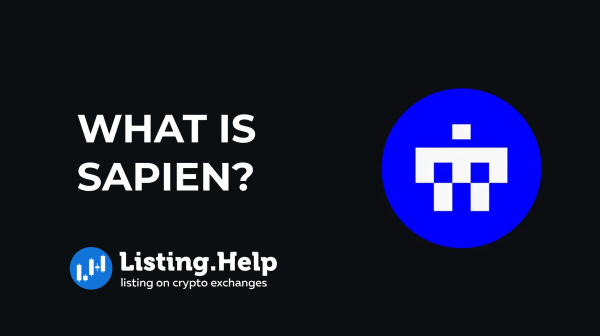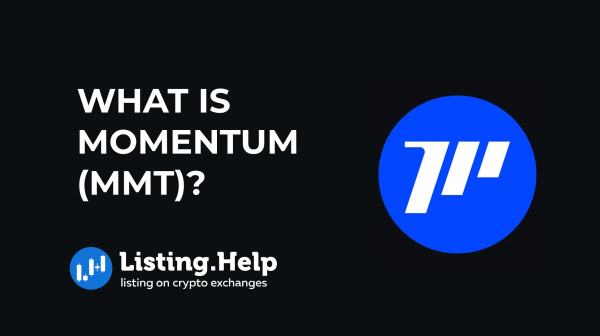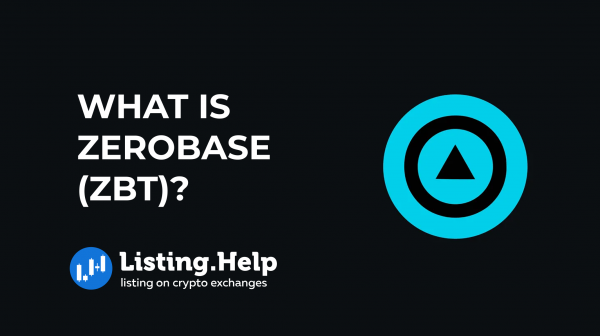What is Markets in Crypto-Assets Regulation (MiCA)?
 July 18, 2024
July 18, 2024 Updated: January 26 2025, 07:16
Updated: January 26 2025, 07:16
LEAVE A REQUEST
Launching your own token project? Our experts are ready to help with listing on exchanges, market making, marketing and other solutions
SUBMIT APPLICATIONThe Markets in Crypto-Assets Act (MiCA) has officially become law in the European Union. The European Parliament gave its final approval on April 20, 2023, followed by ratification from the Economic and Financial Affairs Council of the EU on May 16, 2023.
MiCA introduces a clear regulatory framework for crypto businesses across the EU, offering industry participants a better understanding of the rules they must follow. Its aim is to enhance transparency, consistency, and security within the digital assets sector.
What Is MiCA?
The Markets in Crypto-Assets Regulation is a proposed law designed to establish a comprehensive legal framework for the regulation of crypto assets in the EU. MiCA aims to incorporate effective practices from existing financial market regulations into the crypto industry.
Main Goals of MiCA
– Replace various individual regulations across EU nations with a unified framework.
– Set clearer guidelines for crypto-asset service providers and token issuers.
– Offer more regulatory certainty for crypto assets not covered by current financial regulations.
Scope of MiCA
MiCA will apply to businesses known as crypto-asset service providers (CASPs), including:
– Custodial wallets
– Crypto exchanges (both crypto-to-crypto and crypto-to-fiat transactions)
– Crypto-trading platforms
– Crypto-asset advisory firms and portfolio managers
Types of Assets Covered by MiCA
– Asset-referenced tokens, such as stablecoins backed by commodities or multiple currencies.
– E-money tokens, which are stablecoins backed by a single fiat currency.
– Other tokens, including utility tokens.
MiCA will apply to non-fungible tokens (NFTs) only if they resemble assets that fall under MiCA’s scope, like utility tokens or financial instruments. For instance, its with unique identifiers could still be considered fungible if issued in large series, and thus, might require authorization. This could impact projects that fractionalize NFTs.
MiCA and DeFi Apps
MiCA will not apply to decentralized finance (DeFi) applications since they operate without intermediaries. As DeFi is a subset of decentralized applications (dApps), MiCA will also not cover them. For more information on legal structuring of dApps, additional resources are available.
Core Elements of MiCA
MiCA aims to enhance transparency, stability, and consumer protection within the European crypto market through several essential components.
1. Licensing Requirements
MiCA establishes licensing rules for crypto asset issuers and service providers, such as exchanges and wallet providers. These rules streamline initial coin offerings (ICOs) and security token offerings (STOs), ensuring issuers comply with disclosure and transparency standards.
2. Stablecoins and Asset-Backed Tokens
The regulation sets specific guidelines for asset-referenced tokens (ART) and electronic money tokens (EMT), which can impact financial stability. ARTs are exchangeable with multiple fiat currencies, physical assets, or cryptocurrencies, while EMTs are pegged to a single fiat currency. MiCA outlines authorization processes, capital requirements, and governance structures for stablecoin issuers, maintaining stability and enforcing minimum asset reserve standards.
3. Anti-Money Laundering (AML) and Counter-Terrorist Financing (CTF) Rules
MiCA reinforces AML and CTF measures for crypto service providers. These providers must implement robust AML/CTF procedures, aligning with the EU’s Anti-Money Laundering Directive (AMLD). This helps manage risks related to illegal activities within the crypto ecosystem.
4. Consumer Protection
MiCA includes measures to protect investors and traders by imposing obligations on market participants. These include pre-contractual disclosures, rules on targeted advertising, and mandatory transparency in service offerings. By enforcing strict transparency and disclosure requirements, MiCA holds market participants accountable, reducing the risk of fraud and other illicit activities.
5. Supervision and Enforcement
MiCA establishes a framework for supervision and enforcement through national and supranational supervisory authorities. National authorities will monitor service providers, while the European Securities and Markets Authority (ESMA) will oversee specific areas, such as stablecoins and cross-border services. This collaboration ensures the smooth implementation of MiCA regulations across the EU.
Benefits of MiCA
MiCA promises several advantages for the European crypto market and its participants. It establishes clear rules and standardized disclosures to protect investors from fraud, boosting confidence and encouraging market participation. By regulating and supervising market players like exchanges and wallets, MiCA enhances transparency and market integrity, fostering a fair competitive environment.
The robust regulatory framework is also likely to attract more institutional investors, injecting capital and promoting market growth. Additionally, MiCA’s standardized regulations can legitimize the crypto market, garnering government support and encouraging innovation within the EU.
Limitations of MiCA
Despite its benefits, MiCA’s implementation presents some challenges. The increased compliance requirements could raise operational costs, particularly affecting smaller firms and start-ups that may struggle to meet these demands. The strict AML and KYC provisions might reduce pseudonymity, potentially deterring privacy-focused individuals and companies from participating in the EU market.
There are concerns that overregulation could stifle innovation and competition, making it difficult for market players to navigate the extensive legal requirements. Lastly, the compliance resources needed might create barriers for small businesses and start-ups, favoring larger, established companies and potentially reducing market diversity and hindering new developments.
Impact of MiCA on the Crypto Market
The introduction of MiCA will significantly influence various players in the European crypto market. For businesses, the standardized regulations will bring clarity and streamline operations, but exchanges and wallets might need to update their platforms to meet the new rules. Individual investors will benefit from enhanced consumer protection and transparency, though there may be concerns about privacy due to strict Anti-Money Laundering (AML) and Know Your Customer (KYC) measures.,

For more insights and updates on the crypto world, don’t forget to check out our blog at Listing.Help.




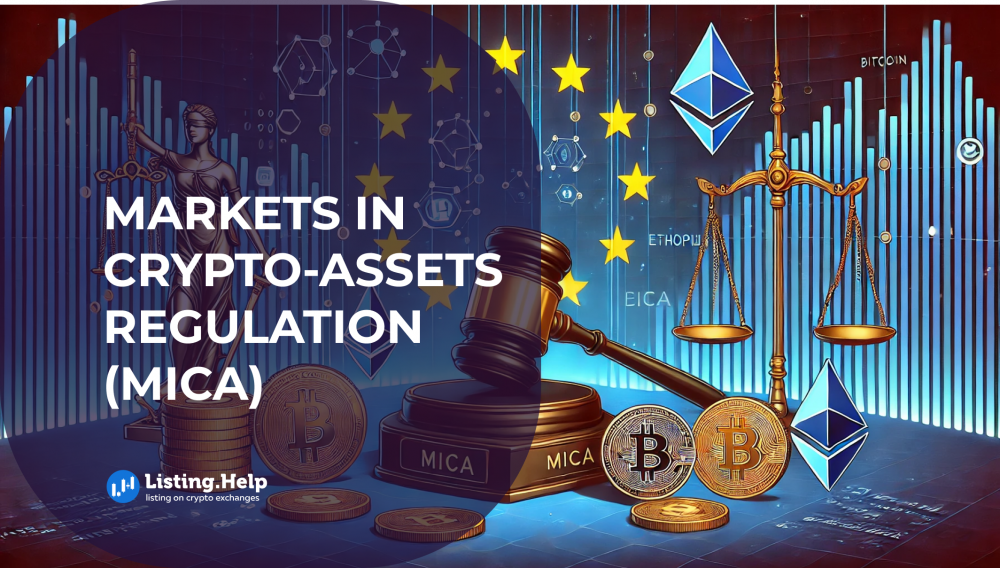


 December 22, 2025
December 22, 2025 